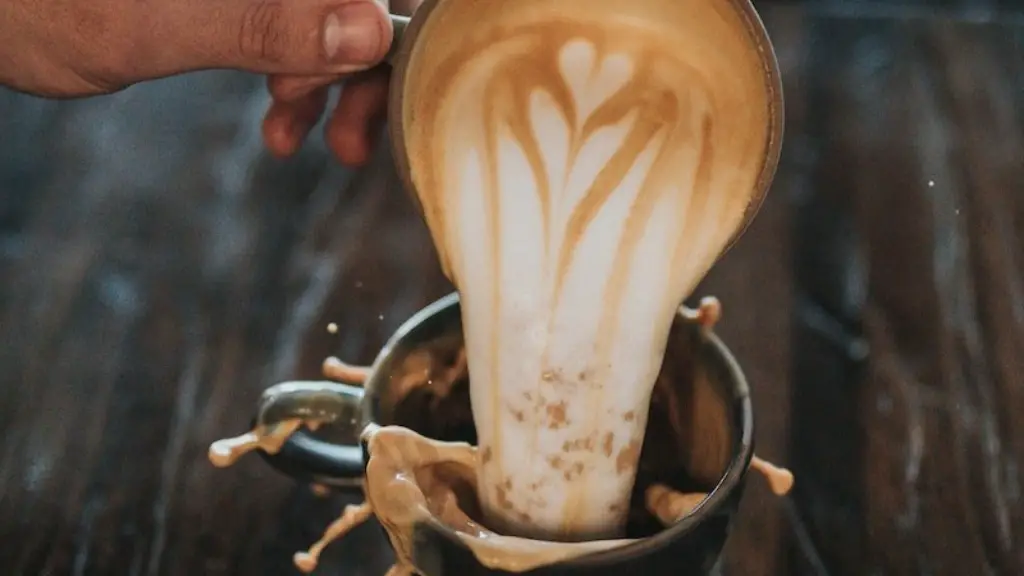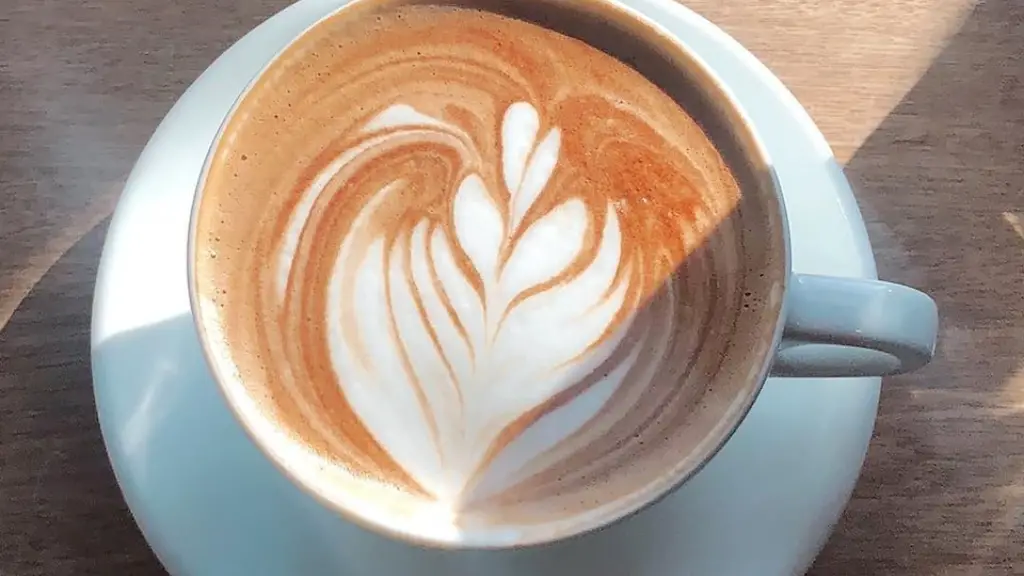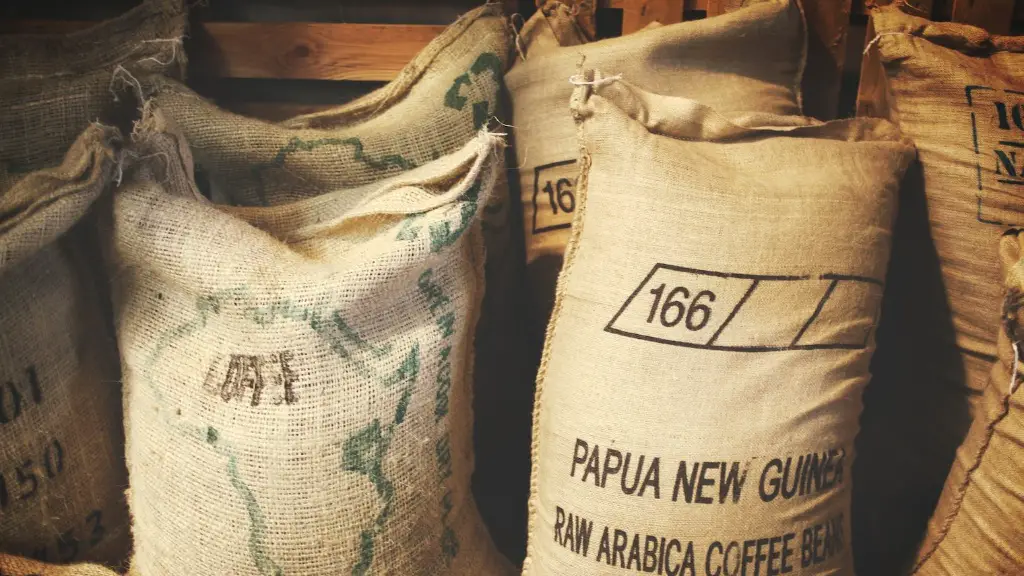Are there Bugs in Starbucks Coffee?
It’s a common misunderstanding that all bugs in food come from unclean conditions. Starbucks across the world serve high-quality coffee, and yet people constantly debate the topic of whether there are actually bugs in Starbucks coffee. To understand this we must first examine the food processing standards, then delve into the realities of a large-scale coffee company and finally look at relevant scientific evidence.
Starbucks strictly adheres to the highest standards of hygiene when it comes to their coffee production. They use chilled filtered water for every single brew, and every single beans goes through a series of checks to maintain the desired flavor.
What’s more, their coffee beans are sorted and roasted with high levels of care. Every employee is trained in food safety, and Starbucks even has an internal food safety audit system to guarantee the quality of their product.
Although the quality control process is strict, there is always the possibility that some insects and other foreign objects may enter the coffee production chain. This is due to the nature of coffee plantations and other remote conditions that are hard to control. Despite Starbucks’ best efforts, some tiny insects may slip through the production process.
Scientific Evidence about Bugs in Starbucks Coffee
Extensive research has been conducted to understand the presence of insects, larvae, and other insects in coffee. The findings from this research are clear: bugs are present in coffee and many other types of food products. One particular study from the ‘Journal of Food Protection’ looked at coffee beans purchased from various high-end coffee shops and found high levels of foreign objects.
Although the presence of insects was high, the actual risk posed to consumer health was low. The study concluded that the levels of contamination were not enough to cause any health issues for people who consume the coffee. Another study conducted by the ‘Journal of Agriculture and Food Chemistry’ found a similar conclusion.
Despite the low risk, the presence of insects or larvae in coffee or any type of food can be a seriously unpleasant experience for the consumer. Starbucks, however, take their food safety very seriously and are constantly trying to improve their standards. They have increased their quality control measures to detect any signs of contamination.
Consumer Perspective on Bugs in Starbucks Coffee
Many consumers who have found insects in their coffee report that the actual incident was more gross than dangerous. Most consumers simply throw the coffee away and try to be more mindful of their purchases in the future.
According to Starbucks, they take all complaints and reports of foreign objects in their coffee seriously. Customers are encouraged to contact their local store or customer service team to report the incident and receive a free replacement cup of coffee.
Analysis of the Myth
The risk of finding insects in Starbucks coffee is extremely low, but it is still possible. The key is to understand that the risk of contamination is present everywhere, and it’s important to take necessary precautions when buying any type of food product.
Starbucks works hard to ensure their processes and products maintain the highest standards of quality. They also value their customers and are keen to address any concerns. Therefore, the myth about bugs in Starbucks coffee is unfounded and it’s safe to enjoy their coffee.
Coffee Production Regulations
As with any food or beverage product, the regulations surrounding coffee production vary from country to country. In many countries, including the United States, the regulations are quite stringent. Any beans or ground coffee entering the country must be inspected by the Food and Drug Administration (FDA) and be approved before it can be sold to the public.
The FDA also requires companies to document the production process, packaging and storage methods to ensure that the products are safe and meet the standards. As such, Starbucks must maintain detailed records of the coffee beans they purchase and must be able to demonstrate that their processes meet the required standards.
Environmental Impacts of Coffee Production
The coffee industry is a major contributor to deforestation and other environmental damage. As coffee plantations are cleared for production, large areas of rainforest are being replaced with monoculture coffee farms. This has led to an increase in carbon emissions, water pollution and soil erosion, which can all have a devastating impact on the environment.
Furthermore, coffee production is extremely water intensive. It is estimated that it takes up to 140 litres of water to produce just one cup of coffee. This water is used for extracting the beans, irrigating the crops and for processing the beans.
Many coffee companies, including Starbucks, have committed to sustainable practices in order to minimise the environmental impact of coffee production. They have implemented water-saving techniques, improved irrigation systems and are investing in processes that reduce emissions.
Fairtrade Coffee
Coffee production can have a huge impact on the people and the environment. As such, more and more companies are committing to supporting farmers and protecting the environment by selling Fairtrade products. Fairtrade certification ensures that farmers are paid fair wages, working in safe conditions, and their operations are supporting sustainable practices.
Starbucks is one of the largest Fairtrade certified coffee companies in the world. They are committed to supporting farmers and protecting the environment, and this commitment is reflected in the high quality of their products. Starbucks also offers a wide range of Fairtrade certified products, ensuring that every cup of coffee is produced responsibly.
Fair wages and Corporate Social Responsibility Programs
Starbucks is dedicated to supporting the people who grow their coffee. The company has a long-standing commitment to supporting farmers and ensuring that they are paid fair wages for their work. Additionally, Starbucks offers a wide range of corporate social responsibility programs to benefit the lives of coffee farmers and their communities.
These programs include investing in renewable energy sources, providing access to clean water and sanitation, supporting education in coffee growing communities, and improving the lives of workers through ethical labor practices. By supporting these initiatives, Starbucks is helping to create a better future for coffee farmers and their communities.
Environmental and Social Impact of Packaging
Coffee beans can travel a long way from the plantation to the store, and it’s important to consider the environmental impact of the packaging materials used to protect them. Starbucks takes its packaging seriously and only uses materials that are 100% recyclable. The company also offers initiatives that help to reduce the amount of waste generated by its products.
Starbucks has also taken steps to reduce the social impact of its packaging. The company offers a wide range of sustainable alternatives to plastic, such as ceramic, glass, and paper packaging. They are also developing biodegradable materials made from renewable sources, such as bamboo and cornstarch.
In addition, Starbucks has committed to supporting the UN Sustainable Development Goals, which include addressing poverty, eliminating hunger, protecting the environment, and promoting gender equality.
Conclusion
The myth of bugs in Starbucks coffee is unfounded, however there is a slight risk of contamination in any food or beverage product. In many countries, the regulations surrounding food production are quite stringent and Starbucks abides by these. They are also committed to supporting farmers, reducing their environmental impact and providing sustainable packaging solutions. In conclusion, it’s safe to enjoy Starbucks coffee without worrying about bugs.





